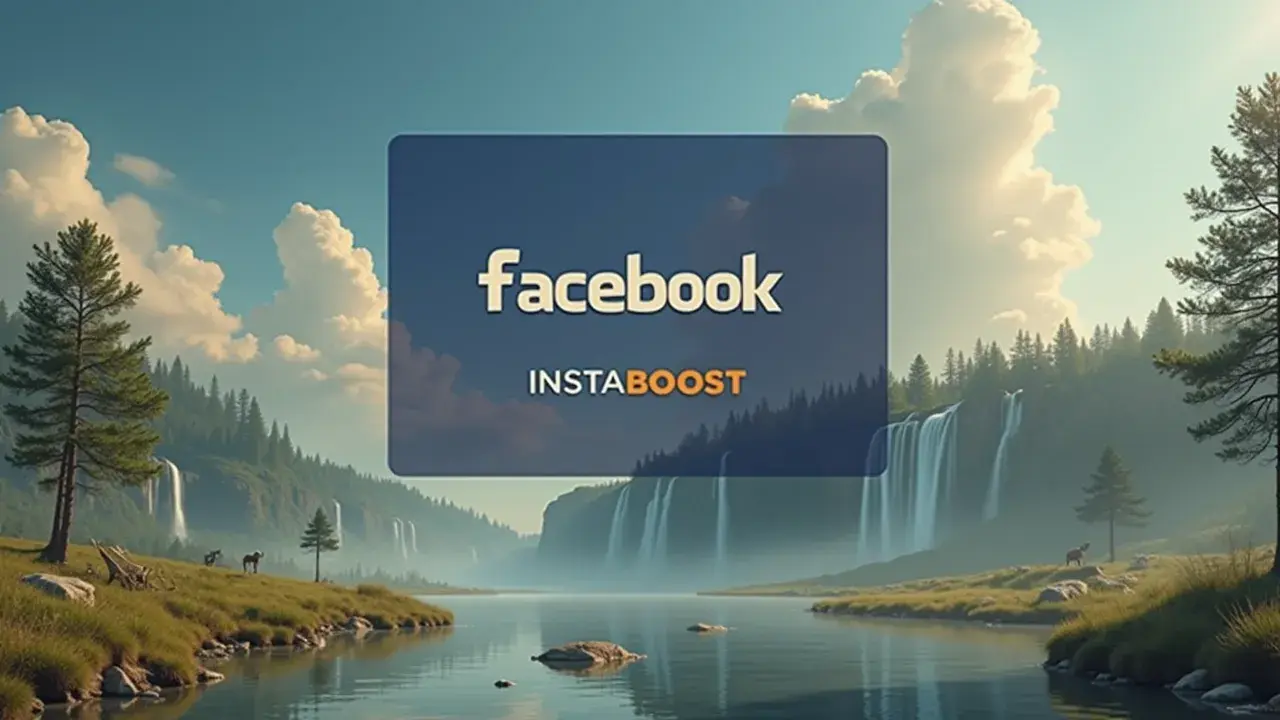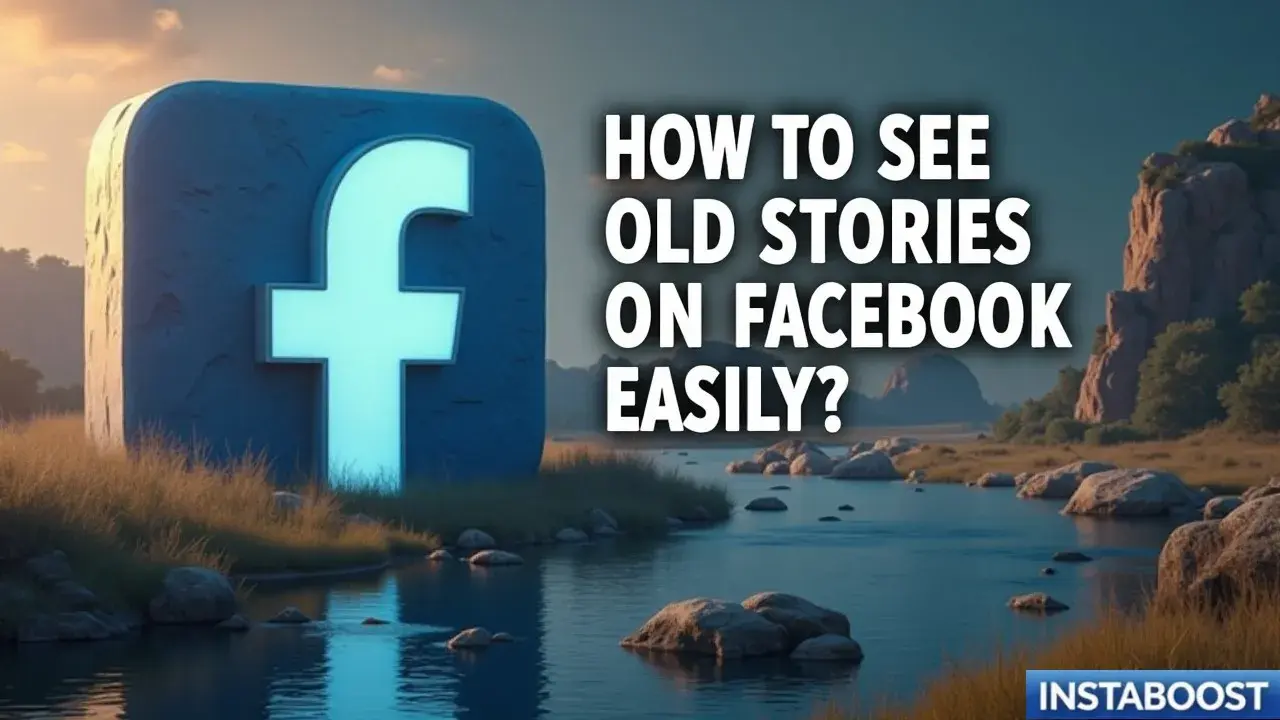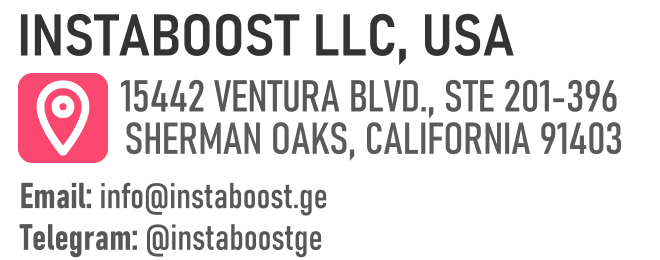How to See Old Stories on Facebook Easily?
Revisiting older Facebook stories is typically simple within the platform’s current viewable history on private profiles. Use the built-in archive to review past stories and note short-window shifts, such as a small bump in reactions during a quick post-lunch check. What appears depends on privacy settings and what was saved to the archive, so not all items may be visible. Turning those brief reviews into trackable wins helps clarify future posting rhythm and consistency.
Why Digging Up Old Stories Pays Off
Scrolling your past Stories isn’t just nostalgia. It’s a fast way to reverse‑engineer what people actually save, reply to, and rewatch. If you know where to look, you can find old stories on Facebook easily and turn them into a working playbook – what hooks held attention past the first two seconds, which formats sparked real comments, and which collabs nudged shares without cheap giveaways.
This works when you pair curiosity with clean analytics. Set a simple comparison window like the last 7 or 28 days, tag themes the same way every time, and log any targeted promotion so you can separate organic lift from paid spikes.
This works when you pair curiosity with clean analytics. Set a simple comparison window like the last 7 or 28 days, tag themes the same way every time, and log any targeted promotion so you can separate organic lift from paid spikes.
If you boost, use reputable placements and a small test budget matched to intent, and keep any external resources, including Facebook promotion for businesses, documented alongside your notes so your benchmarks don’t drift. The goal isn’t vanity views. It’s repeatable signals you can scale. Put safeguards in place – check privacy settings and archive access so you’re only reviewing what your current audience could realistically encounter, and note any gaps from expired content or deleted clips. The quiet win is momentum. Resurfacing a top‑performing sequence as a Highlights reel or remix gives new followers context while reinforcing your brand narrative, and it costs a fraction of producing from scratch.
Fold this into a weekly review habit and those old stories become a content lab that guides your next Stories, Reels, and even creator partnerships. If you collaborate, align on clear CTAs and tracking links so attribution stays clean – otherwise you’re guessing. Done right, this moves you from sporadic hits to a steady cadence with tight loops, timely tweaks, and proof you can act on. For searchers, this also covers the Facebook Story archive and privacy‑friendly ways to review past posts.

Why You Can Trust the Data You’ll Uncover
I used to chase every KPI. Now I pick one and let it lead. For finding old stories on Facebook without the noise, anchor on retention – who watched past two seconds and who came back for the replay. That single signal keeps you honest because it filters vanity spikes and highlights formats that actually hold attention. When you open your archived stories and the Memories view, pair what you see with clean analytics like watch-time buckets, taps forward versus exits, and the quality of comments under story reshares. If you run a business Page or creator profile, use the professional dashboard and export a short window of insights, and remember that imported metrics – even ones tied to services such as order Facebook followers today – can’t replace retention-based truth.
If you’re on a personal profile, screenshots and a simple tracker make a solid testing loop. Promotions can be a lever here. Paid boosts from reputable, qualified sources work when you target warm audiences and measure lift in replays and replies instead of raw reach. Creator collabs add a second lens. Note which partner intros drove saves without giveaways, then validate by comparing retention curves before and after the collab. Privacy constraints mean you won’t see everything, and that’s fine.
Matched-to-intent signals like saves, real comments, and repeat views are enough for a working playbook. If you want to accelerate, limited ad credit or a trial tool that pulls story analytics into one view can help, as long as you set safeguards – fixed budget, defined goal, seven-day review. The crisp, non-obvious insight is that accuracy improves when you audit in short bursts – 15 minutes after lunch, same time each week – because you control for mood and timing, turning nostalgia into consistent, comparable data for your next post.
Turn Archives into a Repeatable Test Loop
There’s no shortcut for context. If you want old Facebook stories to pull their weight, run a simple two-pass loop: a quick visual skim for patterns, then a quantified filter. On the skim, open your archived stories and Memories and look for three attention cues: a cold-open frame that shows the outcome in one second, a clear visual switch by second two, and a human face or text cue that resolves a small tension by second five.
Then run the quantified filter using retention buckets, taps forward versus exits, and the quality of comments under reshares to spot formats that earned replays, not just views. Treat each winner like a specimen. Duplicate the spine – hook, proof, payoff – change one variable at a time, like caption length, pacing, or sticker placement, and relaunch to a matched audience segment. If you want faster confidence, add a small, targeted promotion from a reputable source to normalize reach so retention comparisons stay fair, and don’t mistake vanity boosts or schemes such as buy likes for Facebook posts for signals that help your retention math.
Collaborations can speed things up when the partner’s audience is matched to your intent and the first frame feels native to their style. Keep safeguards tight. Label collabs clearly, avoid giveaway bait, and log each test in a simple sheet so learnings compound. The non-obvious win is timing. Run your review window at the same daily slot you usually post, then watch for micro-lifts in rewatch rate within 24 hours. That time-matched snapshot strips out noise and makes patterns stick. This steady loop turns old stories into a living playbook for your next Facebook Stories sprint.
Resist the Vanity Trap, Revisit the Signals
The strategy said optimize. My gut said stop. When you’re surfacing old stories on Facebook, the worst detour is chasing every spike in Archives or Memories and calling it a win. Pause the knee-jerk “double it” reaction and recheck the signals you trusted earlier. Who watched past two seconds, who came back for a replay, where taps forward outpaced exits, and which reshares drew real comments with substance. If a story’s lift came from a random share or a paid boost, treat it like a weather event – useful for learning, not a blueprint.
It works when you pair a quick skim with a quantified filter, then pressure-test the keepers. Drop a concise cold open, a rapid visual switch, and a human cue in the first five seconds, then retest on a small audience to confirm retention, not just reach. Promotion isn’t the villain – unqualified promotion is, and if you buy consistent views for Facebook, use brand-safe placement, strict frequency caps, and a clean, isolated cohort. Collaborations help when the creator’s audience matches your intent. Ask for one clip that mirrors your proven format and track watch-time buckets independently. The smart path is to let nostalgia spark hypotheses, not set strategy.
If a past story popped, recreate the structure, not the accident. Same opening tension, a one-second outcome preview, and clear captions, then iterate. You turn old stories into a testing loop that compounds, where early momentum guides targeted promotion, and retention signals veto anything that looks exciting but doesn’t hold a viewer. That’s how archives become a repeatable lever instead of a highlight reel.
Ship the Remix, Not the Rerun
You’ve outgrown the old version, so let it burn. Keep the proof, not the pixels. Your archived Facebook stories and Memories are a parts bin for formats that earned replays, not just views. Treat “how to see old stories on Facebook” as a retrieval tactic, then move straight into a remix plan that stacks signal with distribution.
Run your two-pass loop. First skim for the one-second outcome frame, the second-two switch, the five-second resolution cue. Then verify with retention buckets, taps forward versus exits, and real comments under reshares. Turn those winners into three controlled remixes: same outcome with a tighter cold open, same hook with a new visual switch, and same angle with a face that resolves tension fast. Pair each remix with clean analytics and a targeted promotion burst from a reputable source, sized to learning, not vanity; small spend works when it matches audience fit and boost Facebook content exposure confirms early momentum in the first hour.
If a post needs a kick, line up a qualified creator collab whose audience aligns with the comment quality you want, not just follower count. Make safeguards explicit. Archive the original, label your remixes, and set a 24 – 48 hour review window to compare replays and exits side by side. When a format wins twice, templatize it. When it stalls, salvage the strongest frame and move on. The non-obvious edge is that reshares with substantive comments predict durable reach better than raw tap-forward speed, so optimize for conversation density, not volume. That’s how revisiting old stories shifts from nostalgia to a repeatable growth engine, and your next story lands clearer, faster, and primed for replay.















